Structured 3D electrodes for green hydrogen production
November 2020 – October 2024
In order to achieve net zero emissions in Europe by 2050, hydrogen
will play a vital role. Naturally, in order to mitigate climate issues
green hydrogen, produced by water electrolysis with renewable
energy, must be employed instead of grey hydrogen, produced from
natural gas. However, with current prices of 2.5 to 5.5 €/kg, green
hydrogen is far more expensive than grey hydrogen which only costs
1.5 €/kg. A major factor herein is the power usage, which determines
80% of the green hydrogen price. In order to lower the power usage,
research focus typically lies on improving the electrocatalyst, while
reactor engineering remains underdeveloped. With this proposal I
would tackle this knowledge gap and investigate how structured 3D
electrodes can improve the performance of water electrolysers. With
the combined effect of a high surface area and structured geometry,
a reduced ohmic resistance, an efficient bubble release, a small
pressure drop and a uniform current distribution can be obtained,
tackling the power usage of today’s water electrolysers. Through 3D
printing and the use of coating techniques such as electrodeposition,
the influence of the electrode geometry and surface structure on the
efficiency losses in water electrolysers will be characterised, yielding
insight in parameters such as the ohmic resistance, hydrodynamic
properties and bubble release size.

